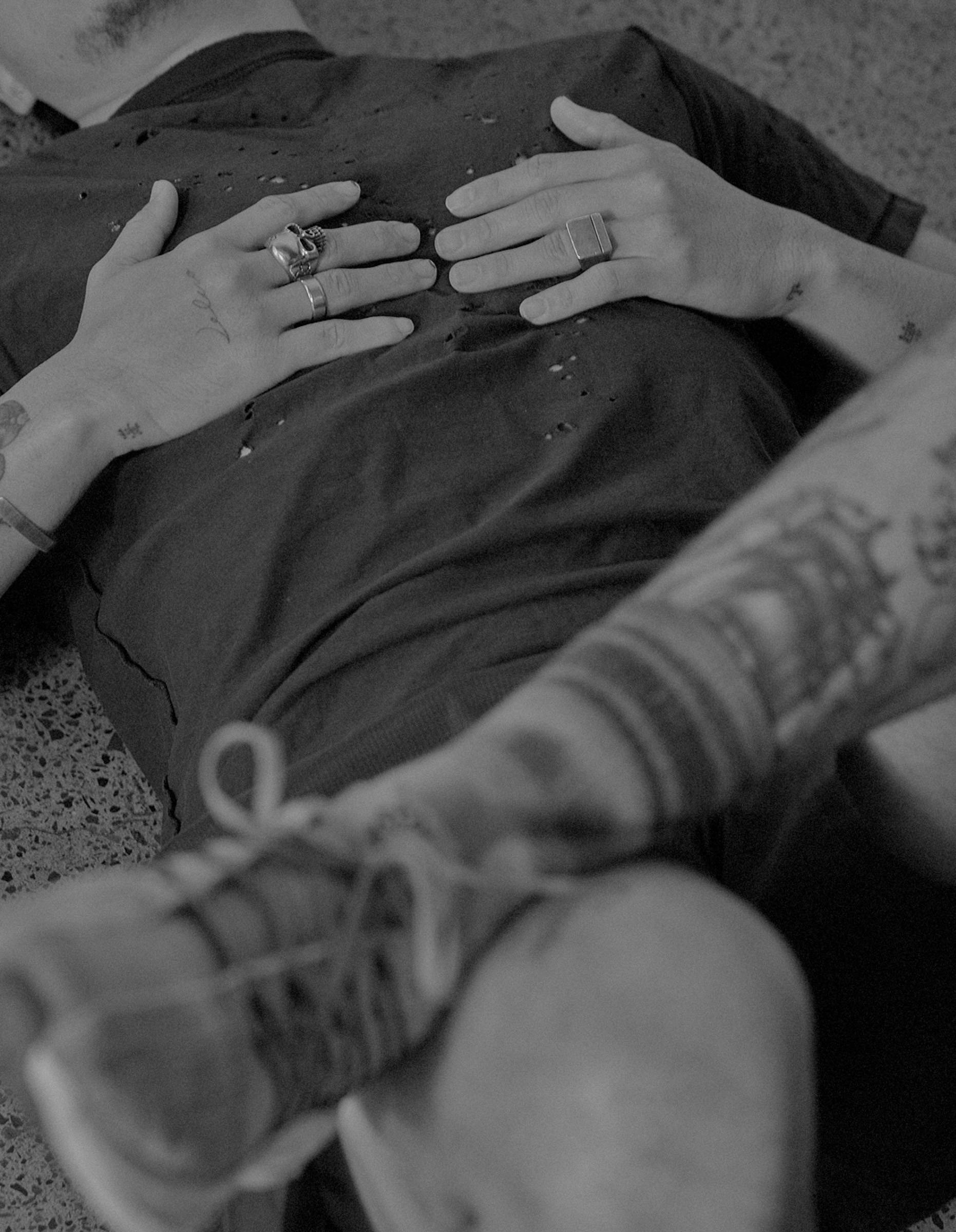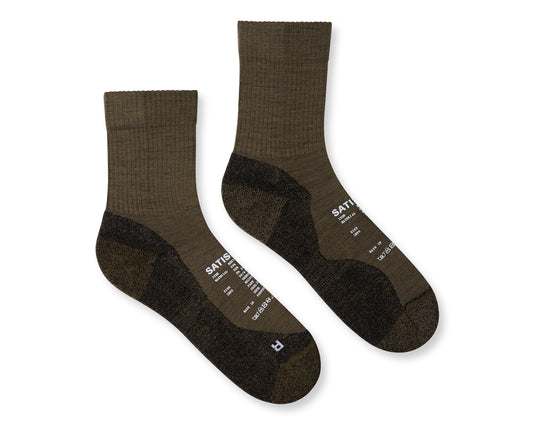
Welcome to HIGHWAY TO HEALTH, the part of POSSESSED mag where we look at the many wonderful and excruciating things that can go wrong with your body when you are a runner.
This month, we’re taking a look at everyone's least favorite malady: IT Band Syndrome. So far, we’ve talked about Plantar Fasciitis (POSSESSED #44) and Runner’s Face (POSSESSED #45), and I, the editor of this thing, feel qualified to comment on both because I suffer from both: I wake with sore feet every damn day, and my face has begun to drain of collagen à la Keith Richards. With ITBS, though, I feel doubly equipped to give advice because I have battled that bitch for years and I’ve done my research.
Photography & Video: Ben Murphy / Model: Alex
Before we get into it, though, I just quickly want to acknowledge that everyone’s situation is unique, and this is what has worked for me. I’m not a doctor (not in a medical sense, anyway), so don’t get mad at me if you die while doing these stretches. That’s the disclaimer out of the way, let’s check out ITBS.
There is a band of rubbery ligament that runs down the outside of your legs, from your pelvic bone to your shin. This is the iliotibial band or IT band. I know, iliotibial is one word, so why do they call it an IT Band? I mean, why do birds sing? Why did they discontinue the Peg Turbo 2s? Why do some people continue to say ‘Amazeballs’ even though it's always been stupid? Better not to ask.
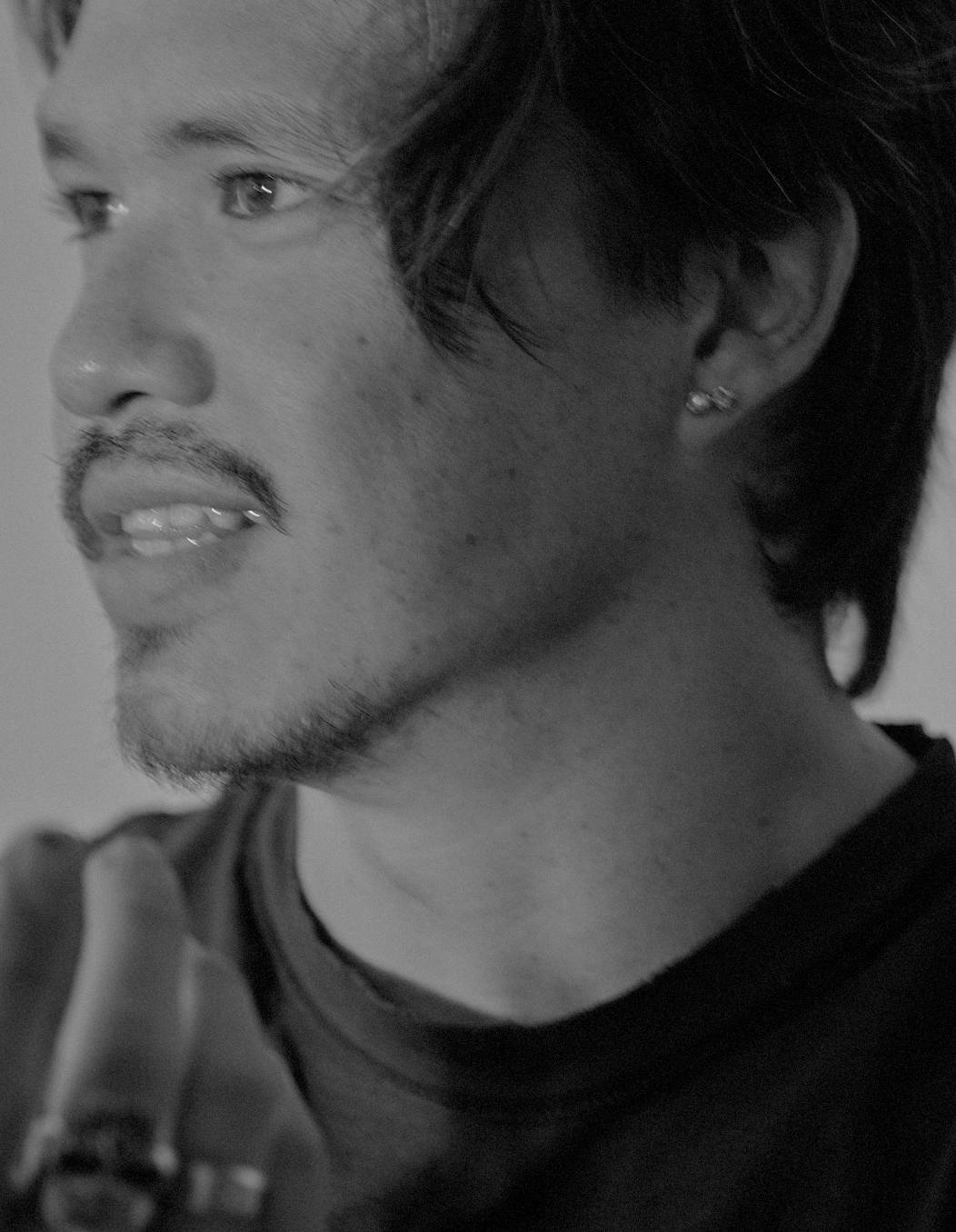
If you break your leg, you know what’s causing the pain, but muscles and ligaments are a bit more mysterious...
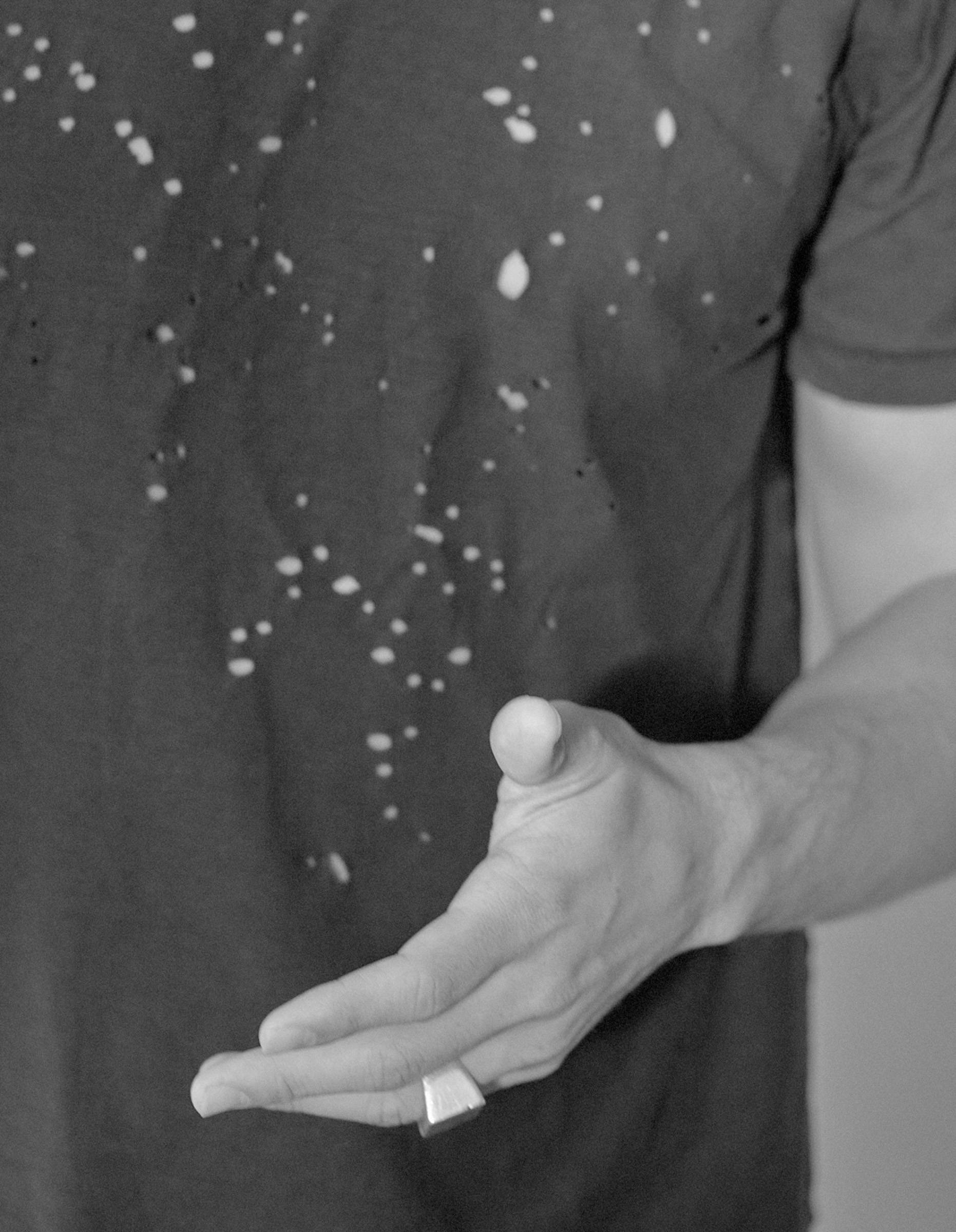
Like most sports-related injuries, there are a bunch of different theories about IT band syndrome, which is, of course, very annoying. If you break your leg, you know what’s causing the pain, but muscles and ligaments are a bit more mysterious: pain experienced in the butt might have absolutely nothing to do with the gluteal muscles and more to do with something happening in your upper back. Obviously, everything in your body is connected, and (with the exception of wisdom teeth, the appendix, and dude nipples) everything is there to assist everything else. It’s all connected, man. Mother Nature is clever like that.
Now, when you experience pain in your IT band area—which generally occurs on the outer side of the knee all the way up to the hip—you might think the best thing for it is foam rolling. I’m here to tell you that it is not. Foam rolling is great for breaking up muscle fibers and moving blood around, but by rolling your IT band, you’re really just hurting yourself more. Have you foam-rolled your IT band? It hurts like fuck, right? That’s because you’re attacking the inflamed symptom area, not the actual cause.
Pain in the IT band is caused by the tightening of the muscles connected to it, and those muscles are in and around your ass and your hip, namely the TFL (Tensor Fasciae Latae) and the good-for-nothing layabout Gluteus Medius. But let’s not get into the nitty-gritty meat and gristle. Let’s look at some stretches that will clear up ITBS and get you back on the trail.
You’ll feel this stretch in the affected leg’s hip and thigh, and you should experience some relief if you hold this one for a little longer than usual, like, 45 seconds to a minute. If you can, play John Cougar Mellencamp’s ‘Hurts So Good’ to help you...
Quad/Hip Flexor Stretch
This is a classic and one you would have seen before. Kneel on the floor with your bad leg up a wall behind you and your good leg out in front and bent at 90 degrees like you’re about to be knighted for services to humanity. Place your hands on your hips and gently lean back with a straight trunk, pushing your hips forward. You’ll feel this stretch in the affected leg’s hip and thigh, and you should experience some relief if you hold this one for a little longer than usual, like, 45 seconds to a minute. If you can, play John Cougar Mellencamp’s ‘Hurts So Good’ to help you hold this one. Failing that, anything by the Melvins.
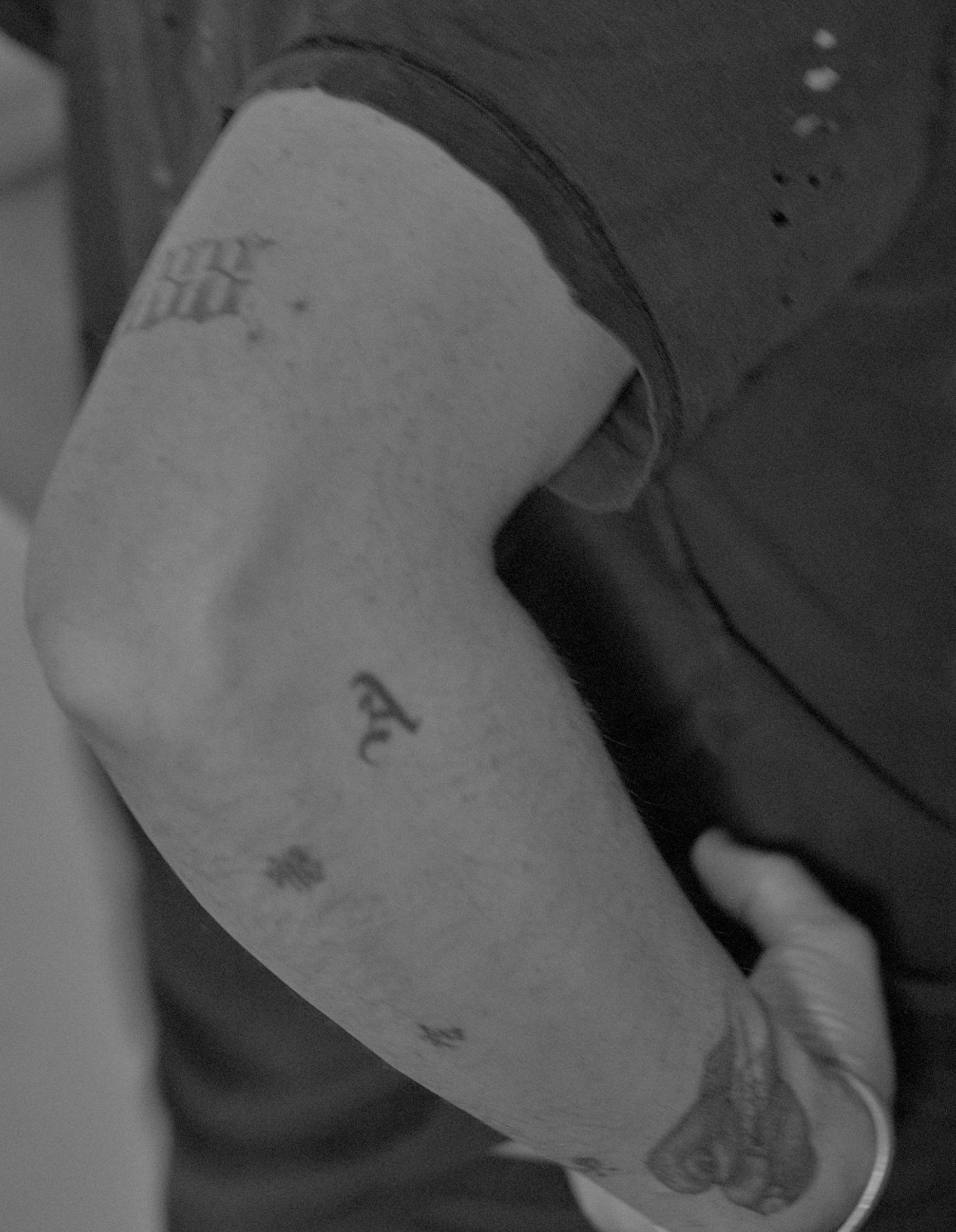
Standing IT Stretch
This is the most effective stretch I’ve found, and if you only take one thing away from this issue of POSSESSED, let it be this. Here’s what you do.
Standing up, step the leg that doesn’t hurt in front of the one that does. So, for this example, let’s say your left leg hurts—cross your right leg over the top of your left so that your feet are crossed side by side. Next, you want to turn your body to the right and slowly hinge from your hips, reaching your hands toward the floor. If you’re like me, you’ll need to lean down on the arm of a sofa for balance. Either way, make sure this movement is gentle and slow. Keep your affected leg straight, and you should feel the stretch right through the IT band. Hold the stretch for about 30 seconds; longer if you can handle it. When you rise again and uncross your legs, you should feel an almost complete cessation of pain. If the pain comes back, do it again because sometimes love don’t feel like it should. Baby.
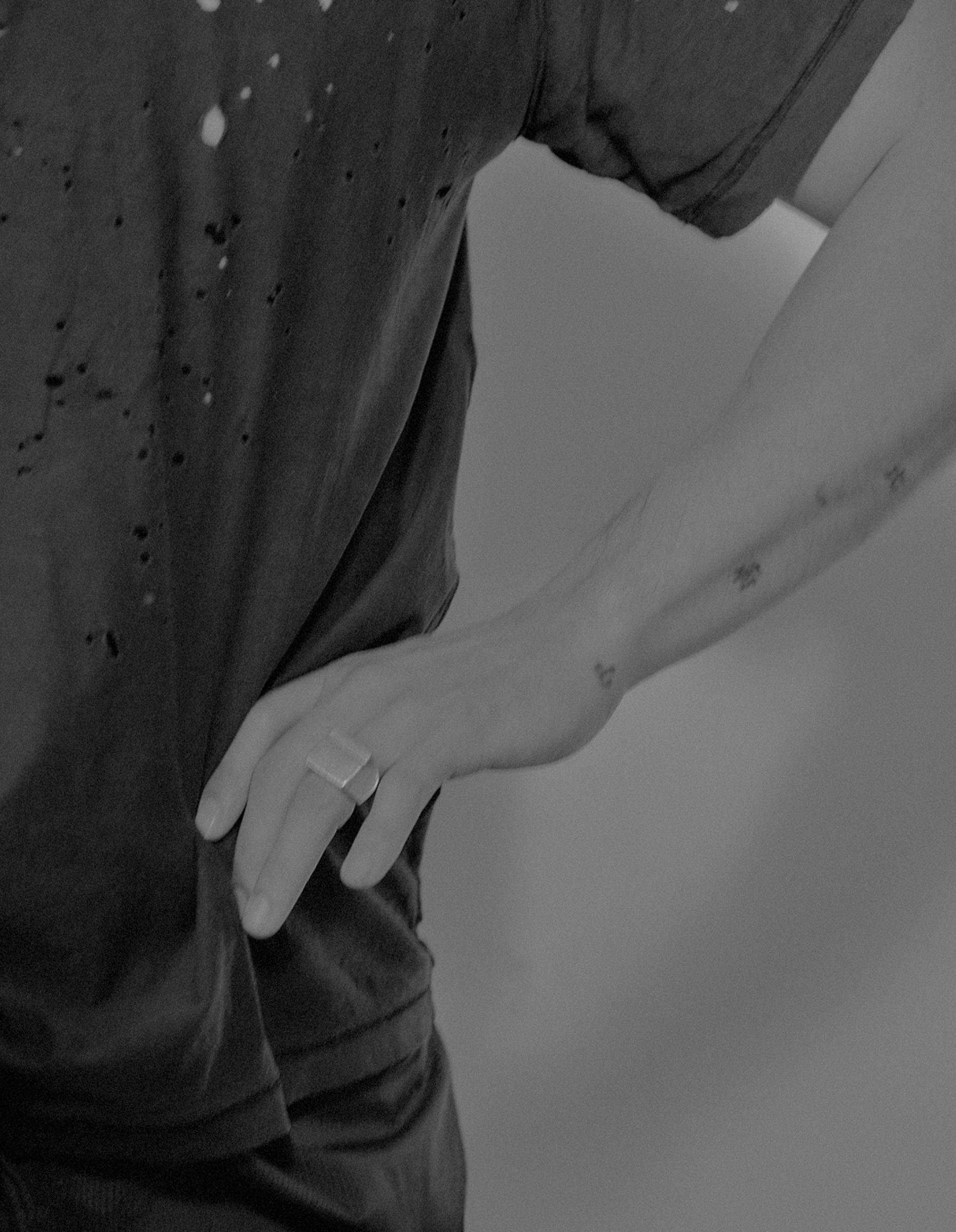
Leaning IT Stretch
This one is similar to the standing stretch, only it’s different. For this example, let the affected leg be ol’ righty. Get up next to a table or countertop, lay your right elbow and forearm on said table or countertop, and lean awkwardly like a nerd at the disco. Make sure your right shoulder is directly over your right elbow. Important. Now very carefully step your right leg away from the counter so that it’s as far away as possible and the blade of your right foot is resting on the floor. Now, step your left leg over your right leg, do the hokey-pokey, and begin to slowly dip that right hip toward the floor. Ooooh... That feels good, don’t it? Hold it there for 30 seconds and repeat as necessary.

Piriformis Stretch
This one is great because you do it lying on your back, which is literally the best way to do everything. Lay on your back, bend your knees so that your feet are flat on the floor, then bring your sore leg up so that the ankle comes to rest a little above the knee on the thigh of the good leg. Now, bring your hands behind your good leg, interlock your fingers, pull that leg off the floor, and draw your crossed leg towards your face. You’ll feel this stretch in the buttock of your sore leg. Hold for 30 seconds, release, repeat, release, give your mother a call, repeat, release.
So, that’s it. Four great stretches for IT band syndrome. If you want to get really serious about it, you could investigate ways to strengthen your Gluteus Medius and counterbalance the IT band strain being caused by your TFL, but who has the time for that? Get stretchin’.
